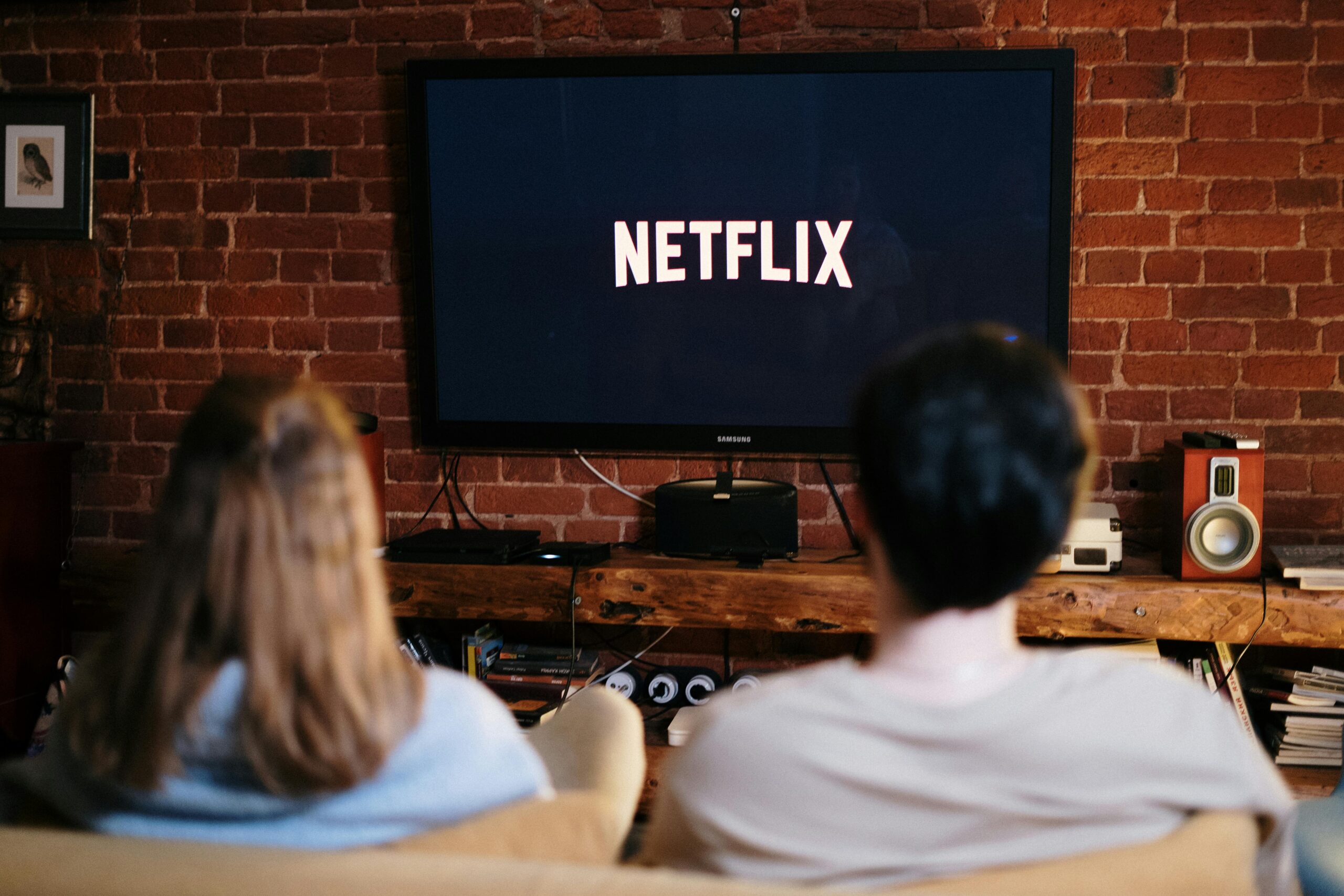Staff writer Victoria Urwick discusses how the enduring binge model of streaming platforms is finding its end as opposed to weekly episodes.
It is the summer of 2025; under the sweltering heat the internet is struggling to escape The Summer I Turned Pretty. Every Wednesday, for weeks on end, viewers are kept at the edge of their seat to find out whether Belly would pick Jeremiah or Conrad. The love triangle between two brothers, a plethora of Taylor Swift songs in the soundtrack and the messy turbulence of coming of age turned it into unmissable television, with watch parties hosted between friends or at bars. The show became its own cultural phenomenon and it was hard to miss a viral tweet or meme, keeping viewers watching each week.
A similar trend had occurred earlier this year with the weekly release of Apple TV+’s drama Severance. A science fiction show about workers who have surgically divided themselves between work and home, its mystery-box nature is suited perfectly to the weekly release. Both these shows, although very different in genre and content, were reliant on the weekly release to build hype and create a sense of FOMO, thus leading more wanting to catch up before the season finale. Phenomena such as these, in which a community forms around the appointment viewing of a show every week, are rare in today’s television landscape, as there are a much larger number of shows releasing every month and on a variety of streaming services.
Although we have grown accustomed to the binge format, where a streaming service releases a whole season of television at once, it could not be further from the norm compared to the rest of television history. Previously, the only way to binge a whole season at once was through the purchase on DVDs. The binge format for new releases only first burst onto the scene with the rise of streaming services, started by Netflix. Originally a DVD rental service, Netflix did not put out streaming until 2007, forever changing the way television is consumed by creating a platform where, through a subscription, one has instant access to a library of television and movies. The first Netflix original programme did not arrive until 2013, with the release of House of Cards, fundamentally changing not only how television is watched but also how it is released, as the whole first season was dropped on the same day. From there, the binge model became the norm, with other Netflix originals such as Orange is the New Black and Stranger Things becoming massive hits.
Other streaming services began to copy this format for several years. Indeed, the entire first season of The Summer I Turned Pretty was released on the 17th of June 2022 on Prime Video. They changed the formula the following year, opting to release Season 2 episodes weekly, perhaps after seeing the success of other streaming services who have rejected the binge model of releasing, including Apple TV+ and Disney+. HBO has always remained loyal to the weekly release, so it is perhaps unsurprising how many HBO shows such as Succession, The White Lotus and Euphoria have become cultural phenomena. An article from the L.A. Times in 2024 found that a weekly release generates 33% more engagement during the release period, which is sustained for 50% longer compared to those shows released all at once. The nature of hype building over weekly has a commercial advantage, perhaps why even Netflix has realised the pitfalls of releasing a season all at once, with the recent seasons of popular shows such as Wednesday and Bridgerton being released in two parts. If we look at the 2025 Emmy Awards, shows released using the once a week model seem to dominate, perhaps indicating that the era of releasing a television season all at once is almost over.
Consumers can also benefit from the weekly release. More impatient viewers may appreciate a season releasing all at once, maybe opting to watch it in one sitting, however, the binge model means that different people will inevitably watch at different paces. Knowing people around you and online have already finished the season creates social pressure to copy others and watch quickly, not only to avoid spoilers but also to not feel left out of the cultural conversation. Trends move quickly and so does television, as soon another show drops on Netflix it becomes another talking point for a week. However, with the instant gratification of doomscrolling having taken over our social media, having to commit over a longer period of time to watching an episode a week may benefit us more. Psychologically, while we are tempted to instantly satisfy our curiosity, learning to be patient and delay our gratification ultimately benefits us more, leading to a satisfactory watching experience. The show sticks with you for a longer period as fans have time to analyse each individual episode, spot Easter eggs and come up with theories, increasing the viewer’s appreciation and the overall cultural impact.
This is why programmes such as Buffy the Vampire Slayer and The X Files became phenomena larger than any recent series. For example, Buffy influenced speak, with the term ‘Buffyspeak’ used to refer to the distinctive slang the show used which has endured in our lexicon (such as the suffixes ‘-ness,’ ‘-age,’ and -‘y’) and is one of the most studied television shows in academia. Similiarily, The X Files shaped modern internet fandoms, with the term ‘ship’ used to refer to a relationship initially being used to refer to the lead pairing in the series, Dana Scully and Fox Mulder. The format of both shows, a ‘monster of the week’ style with an overarching plot throughout the season, has endured and can be seen in shows such as Smallville, Supernatural, and The Vampire Diaries. Without both these shows specifically, the television landscape in the following years would have likely looked very different. Specifically, both the programmes thrived on the weekly release format. Their cultural impact was made possible because they were the first shows to become internet phenomena, with each episode discussed and analysed on fan forums and blogs. Massive fan communities are formed and still active even 30 years later: for example, every year Buffy fans attend ‘HellmouthCon’ in Los Angeles where many of the original cast members will give talks and sign merchandise.
These shows were able to make an undeniable mark which shaped the wider culture in ways few new shows can. Furthermore, psychological research has found that engagement in fandom can help people form connections and community, and these feelings of belonging have become ever more crucial in an era where we are growing more socially isolated due to social media.
If streaming services want their shows to have a legacy rather than something they streamed in a weekend and forgot about, then perhaps a return to the weekly release schedule is necessary. Some viewers may be frustrated at the loss of instant gratification of always being able to click ‘next’ on an episode, however, it may be for our benefit too.















